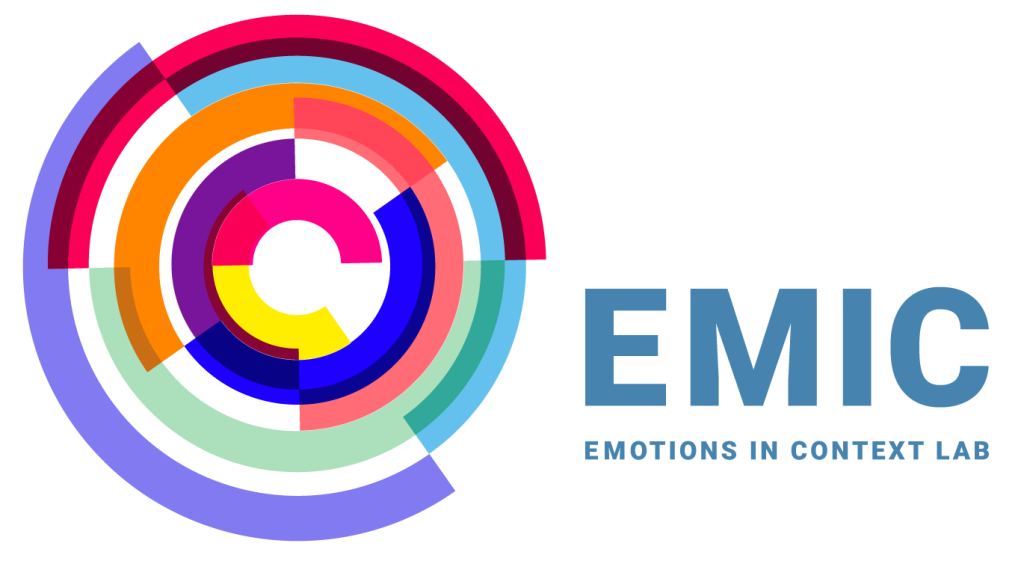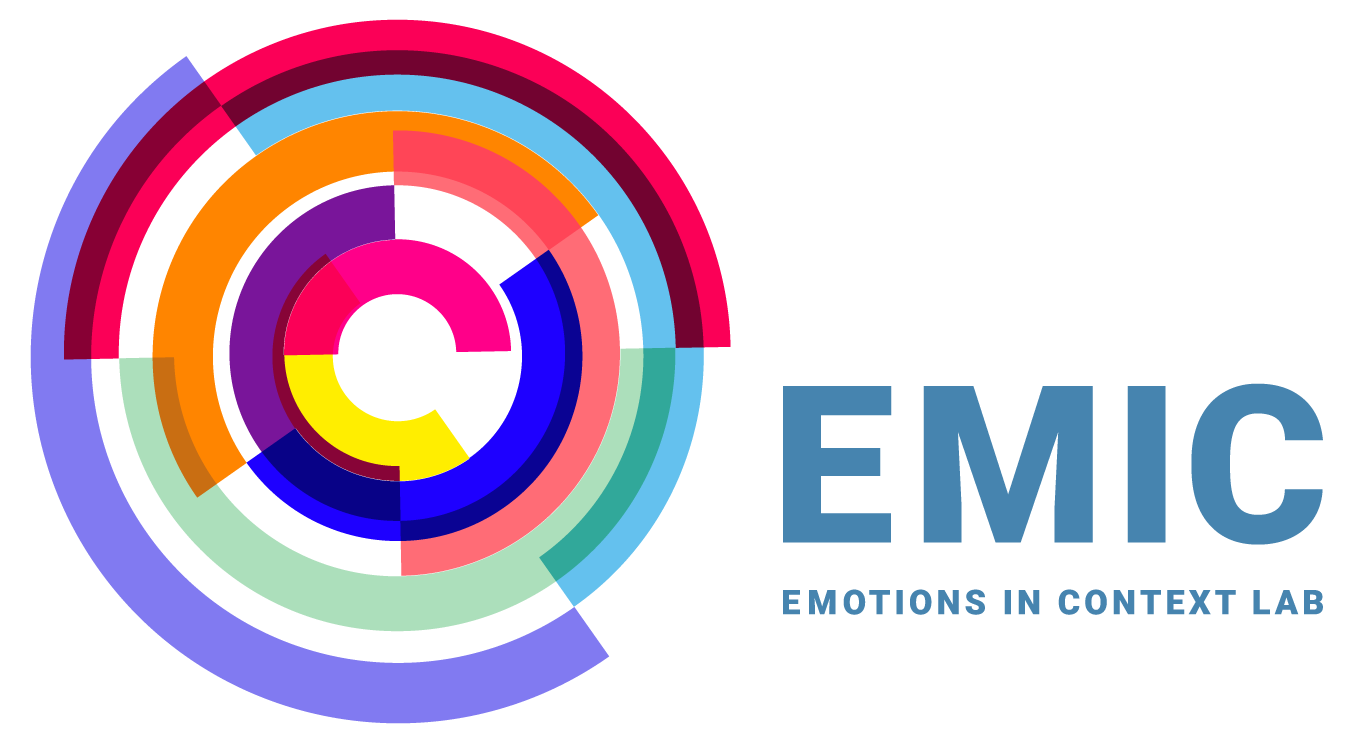Projects
Developing contextualized ways of studying emotion
Experiences of emotion emerge from bodily sensations (warmth, fatigue), perceptions of the surrounding environment (a soft pillow, the sound of rain), what we and others around us are doing (laughing, sighing), thoughts and associated concepts (weekend, deadline), and more. This tapestry of features varies from moment-to-moment, making each experience unique.
For this reason, we use innovative multimodal means of studying emotion as it occurs in the real-world contexts people must constantly navigate (Hoemann, Khan, et al., 2020, Scientific Reports; Hoemann et al., 2024, Assessment). These methods capture situated variation in emotion that cannot be observed in the lab and support the hypothesis that people make use of contextual information every time they experience or perceive an emotion (Le Mau, Hoemann, et al., 2021, Nature Communications).
Modeling individual differences in emotion
Understanding cultural differences in emotion
Tracing emotion learning across the lifespan
The situational, individual, and cultural variation we observe in emotion prompts me to better understand how people come to have experiences of emotion – that is, how emotions develop. My colleagues and I propose that the brain acquires ‘emotions’ in interaction with the local physical and social environment and that language – specifically, emotion words – plays a crucial role in that process (Hoemann et al., 2019, Developmental Psychology). These same learning mechanisms may also operate throughout the lifespan (Hoemann, Hartley, et al., 2021, Psychophysiology), as experiences of emotion shift over time, either organically or following intervention. For instance, I have shown that expertise in emotion increases through repeated reflection on daily experiences (Hoemann et al., 2021, Frontiers in Psychology).

